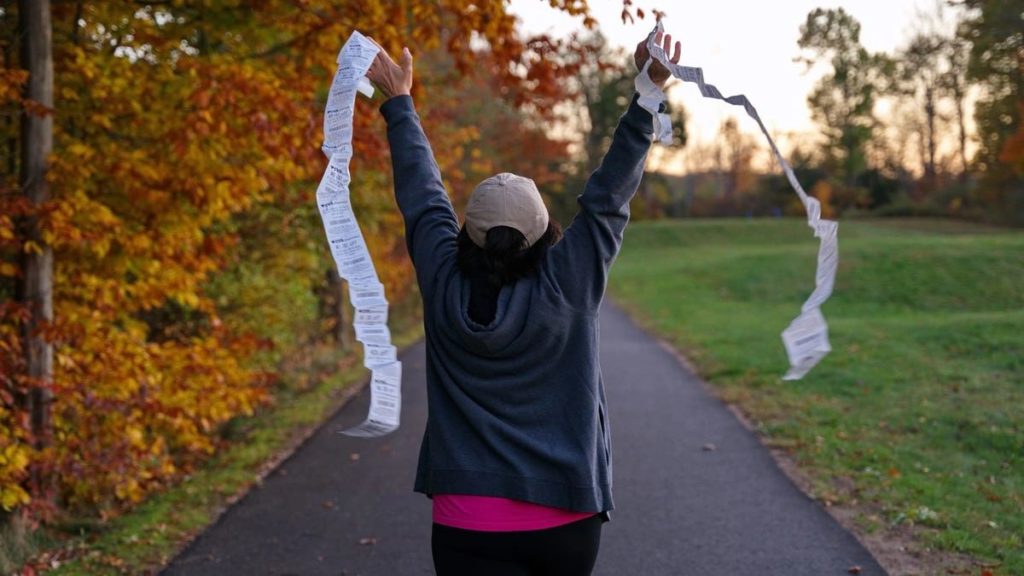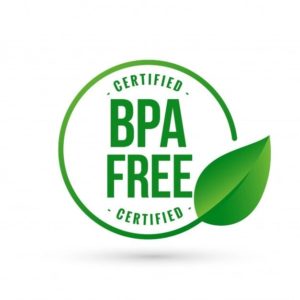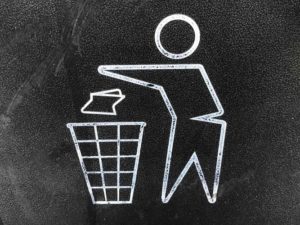Are Receipts Recyclable? This is a question many have been asking themselves. In short, the answer is no. Due to the materials required to produce paper receipts and the process the paper undergoes, they are not recyclable. Making them messy, hard to keep track of and an avoidable waste of natural resources.
Why are paper receipts not recyclable?
While you may believe paper receipts are just that, paper, they are composed of much more. And items composed of more than one material are often difficult to separate and therefore non-recyclable. If paper receipts were simply paper and ink, they would be disposed of in the paper bin, where they could then be bleached and repurposed. However, most paper receipts are made of thermal paper, which is quite different…
Receipt paper is not the same as good old printing paper. Most of it is actually “thermal” paper. At its very core this is regular paper, which is then coated in what are often referred to as “Leuco” dyes and a chemical known as BPA or BPS. The dyes from receipts are colorless and when heat is applied from the printer head, combine with the BPA (acting as an acid) to form the colored image.
Let’s talk about BPA…
Bisphenol-A (also known as BPA) is known to be an endocrine disruptor. This means that when it enters the blood stream, it imitates hormones such as estrogen and thyroid hormone, creating an unwanted hormonal reaction by your body. In the long run, this could potentially cause disruptions to you metabolic and reproductive functions. Of course, if you handle a paper receipt every once in a while, you won’t have a severe reaction, if any, but if you are a store employee handling thousands of receipts a week, for example, this is an issue. In fact, studies have shown the check-out workers have registered 30% more BPA in their blood stream than the average person.
While it is not talked about on a day-to-day basis much (yet), the toxicity of BPA has become increasingly evident and concerns over it has led countries in Europe and parts of the United States to ban it’s use in certain products. As a result of two petitions, the FDA deauthorized the use of BPA for products designated for children, such as sippy cups, baby bottles and packaging for infant formula. Fifteen US states have their own restrictions of the use of BPA, primarily in material that comes into contact with food intended for children.
“When we touch receipts, the chemical coating is absorbed into our bodies through our hands in mere seconds.” Green America
What Happens if you Recycle Receipt Paper?
When paper receipts are accidentally recycled, they could release toxic chemicals into the air and environment during the process. By throwing them out in the paper bin, they can contaminate the whole recycling stream and end up in recycled products. These can include items such as facial tissues, paper towels, shopping bags and even toilet paper! This would mean coming into even closer contact with harmful chemicals. Burning or composting them are not an option either, seeing as they would release BPA or BPS (BPA’s cousin) into the atmosphere or soil. Additionally, there is a risk for free release of BPA-coated materials in the facility, when accidentally recycled, which could contaminate new paper production.
And when you don’t…
Now that we’ve established that you cannot recycle receipt, compost it or burn it, the only other option is to throw it out in the regular trash. This means it will inevitably end up in a landfill. The annual waste from receipts in the United States alone is 686 million pounds of waste. In 2020 alone, an estimated 400,000 metric tons of receipts paper was used worldwide, consuming an estimated 25 million trees every year just to produce receipt paper!
What people often forget is that there is an alternative to paper receipts. Similarly to it taking a very long time to plastic bags to come at a cost, electronic receipts are yet to become the status quo but they do exist! And just to make you feel better about this, skipping the paper receipt would save 12 billion pounds of carbon dioxide (CO2) from entering the atmosphere. That’s the equivalent of one million cars on the road! Electronic receipts, also known as Digital receipts or e-receipts are an easy way to eliminate the hidden carbon footprint that comes with paper receipts and could help the millions of companies worldwide trying to cut down their emissions.
What is an Electronic Proof of Purchase?
Have no fear, it’s just a fancy way of saying a digital receipt, which is usually sent directly from the merchant to your phone or email. Much like paper receipts, digital receipts serve as a proof of your payment, just without the toxic paper slip. They are also a lot more convenient as they are already stored somewhere (with no effort on your part), don’t fade and are much less likely to be lost.
Many are weary about giving their email out or getting flooded with unsolicited marketing spam so they choose to go with the old way, when they really need that receipt. This makes sense, but there are also ways to get the best of both worlds – avoiding paper receipts and keeping your inbox clean! e.pop is a digital receipt app that connects merchants and consumers directly so that electronic receipts can be transferred without the need for an email or any additional proof of purchase. Go shopping, pay up and keep your life organized with a handy tool that stores, categorizes and saves all your digital receipts in one place.

Francesca Gobbetti
Community Manager at e.pop. Social and environmental awareness is what keeps Francesca up researching and writing the occasional blog after hours.



